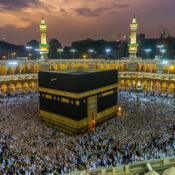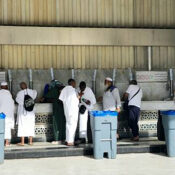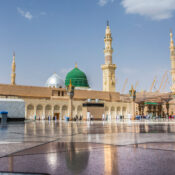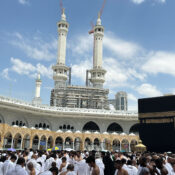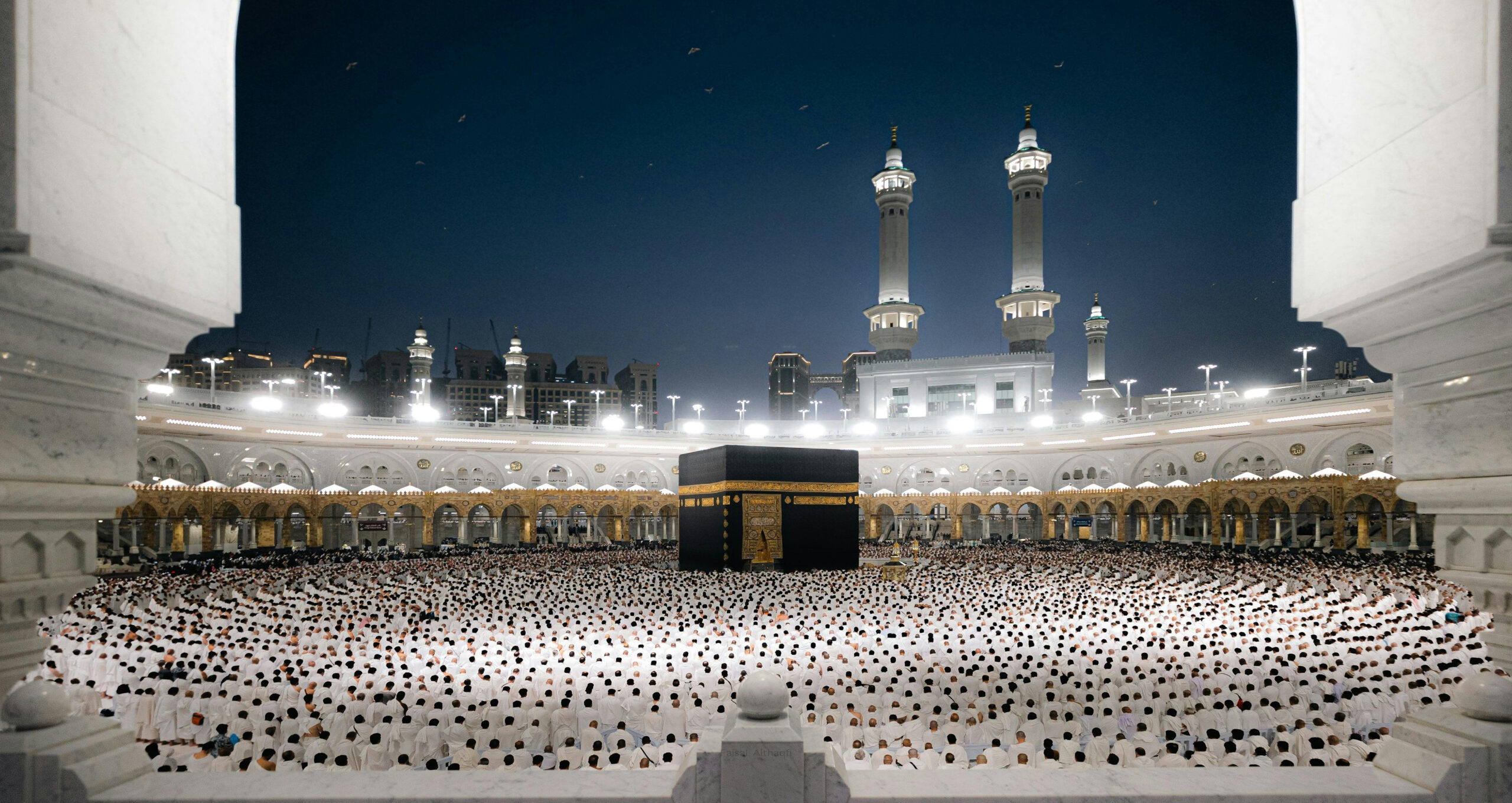
What is the Umrah?
Umrah is a blessed act of worship performed by Muslims in Makkah, Saudi Arabia, as a means of seeking closeness to Allah and gaining immense spiritual rewards. Unlike Hajj, which is obligatory once in a lifetime for those who can afford it, Umrah is a Sunnah pilgrimage that can be performed at any time of the year. Its rituals include entering the sacred state of Ihram, circumambulating the Kaaba (Tawaf), walking between Safa and Marwa (Sa’i), and shaving or trimming the hair.
Performing Umrah provides Muslims with a chance to renew their faith, seek forgiveness, and reflect on the significance of humility, patience, and devotion.
Entering the State of Ihram
he first step of Umrah is entering Ihram, a sacred state of purity and devotion. Pilgrims should perform ghusl (ritual bathing), trim nails, and wear the special Ihram clothing:
- For men: Two unstitched white sheets, one around the waist and one over the shoulder.
- For women: Modest clothing covering the body without covering the face or hands.
At the Miqat (the location prescribed by Islamic law for beginning Umrah), the pilgrim makes the intention (Niyyah) and recites the Talbiyah:
“Labbayka Allaahumma Labbayk, Labbayka Laa Shareeka Laka Labbayk. Innal-Hamda wan-Ni’mata Laka wal-Mulk, Laa Shareeka Lak.”
(Here I am, O Allah, here I am! You have no partner, here I am! Indeed, all praise, blessings, and sovereignty belong to You. You have no partner.)
While in Ihram, pilgrims must avoid cutting nails or hair, applying fragrance, hunting, engaging in disputes, and other restricted actions to maintain the sanctity of the pilgrimage.
Performing Tawaf (Circumambulation)
The next step is Tawaf, which means walking around the Kaaba seven times in a counterclockwise direction. Pilgrims start at the Black Stone (Hajar al-Aswad), raise their right hand, and say “Bismillah, Allahu Akbar” before beginning.
Each round is filled with supplication and remembrance of Allah. After completing all seven rounds, pilgrims pray two Rakaah of Salah, preferably near the Station of Ibrahim (Maqam Ibrahim).
Sa’i Between Safa and Marwa
After Tawaf, pilgrims perform Sa’i, symbolizing the journey of Hajar (peace be upon her) as she ran between the hills of Safa and Marwa searching for water for her son, Prophet Ismail. Sa’i consists of walking briskly between these two hills seven times, beginning at Safa and ending at Marwa.
Men are encouraged to walk faster between two green markers, following the Sunnah. This act reflects faith, patience, and reliance on Allah.
Shaving or Trimming Hair
The final step of Umrah is Tahallul, which involves shaving the head for men or trimming a small portion of hair for women. Shaving is recommended for men as a sign of complete humility. This step signifies the completion of Umrah and the pilgrim’s release from Ihram restrictions.
Spiritual Benefits of Umrah
Umrah is a deeply rewarding pilgrimage that offers:
- Forgiveness of sins and spiritual renewal
- A reminder of the trials of Prophet Ibrahim and his family
- A chance to strengthen faith and humility
- An opportunity for Muslims to unite in worship regardless of race or status
Performing Umrah is a life-changing experience that connects a Muslim with their Creator. With simple yet profound rituals, this Sunnah pilgrimage serves as a spiritual reset, encouraging believers to return home with a heart filled with faith, gratitude, and hope.



